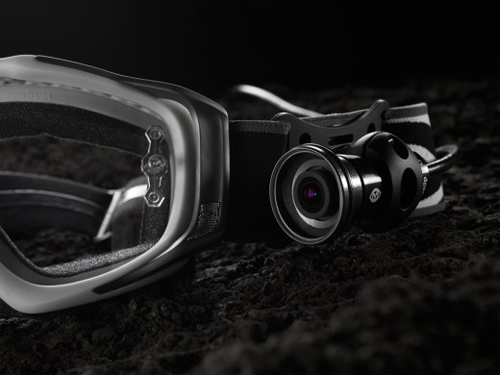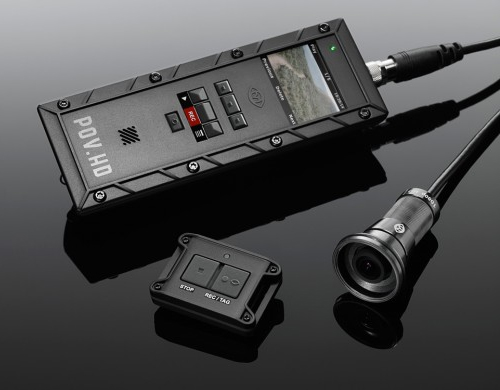By SAM SALWEI
We live in the “Era of Social Media,” and documenting your adventures has become paramount, if not de facto, for many people in the outdoors. As such, durable, wearable, mountable video cameras (often dubbed “helmet cams”) have leapt from obscure to mainstream in just a couple quick years.
Since 2008, on adventures around the world, I have been using cameras from VIO Inc. They have sailed up high on kite strings, been mounted onto off-road buggie axels, and strapped to paddles, pack rafts, ski poles, car bumpers, and bike handlebars, to name a few.

The VIO camera is tough. It’s also more versatile than any helmet cam I’ve owned. The form factor — an LCD-equipped control unit paired with a small camera head mounted on a cord — makes it usable where other cameras are not.
This year, the company released a new version of its flagship camera, the POV.HD model. It records 1080p HD video and is touted as “the most flexible, rugged, and easy to use point-of-view HD video system” available. It is cited to operate in temps from about -20 to +140 degrees F, and the body and camera head are “ruggedized” and made to take a beating.
To test it out, I brought the POV.HD camera to Patagonia for a month this winter. I was a member of the media crew during the 2011 Wenger Patagonian Expedition Race, a week-long event, and for the whole time — including a 30-hour trek were I chased the first-place team! — the VIO.HD was at my side.

Despite Patagonia’s best attempts to shut it down (wind, rain, rivers, swamps. . . and did I mention the rain!), the VIO kept ticking. Indeed, after most of the media crew had put their cameras away during parts of the race, the VIO stayed out and kept shooting.
We shot one sequence underwater. I mounted the camera head to a trekking pole for a unique vantage during a bike section. I also hand-held it and did interviews in a traditional style before the race began.
Overall, the camera was a star performer. With its 2-inch LCD, the camera offered me in-the-field footage review capabilities, something not available on many helmet cams. The waterproof microphone captured key sound bites in harsh weather, and because the mic is on the camera cord you can shield it from the wind and still get the exposed video shot you need.









